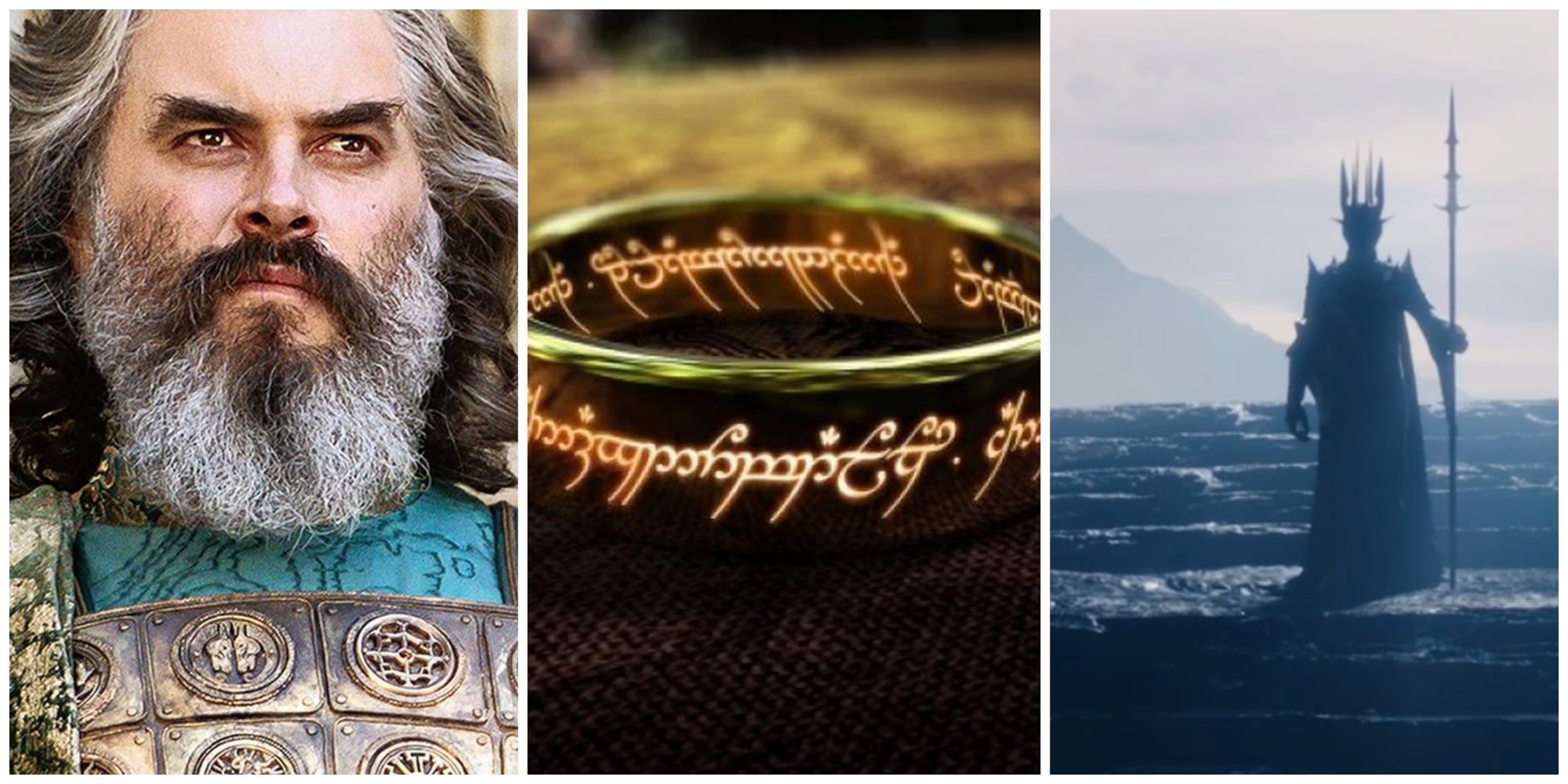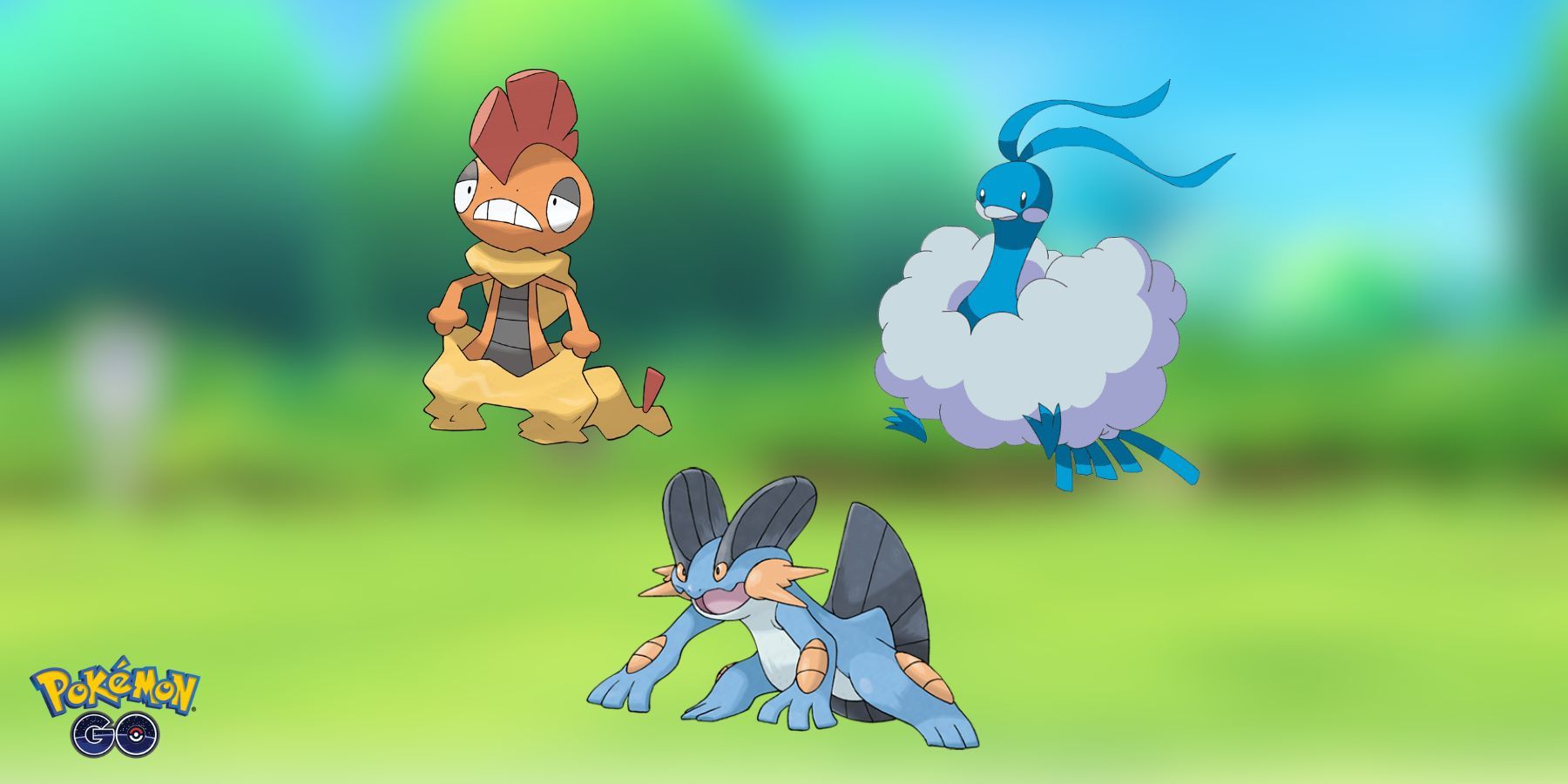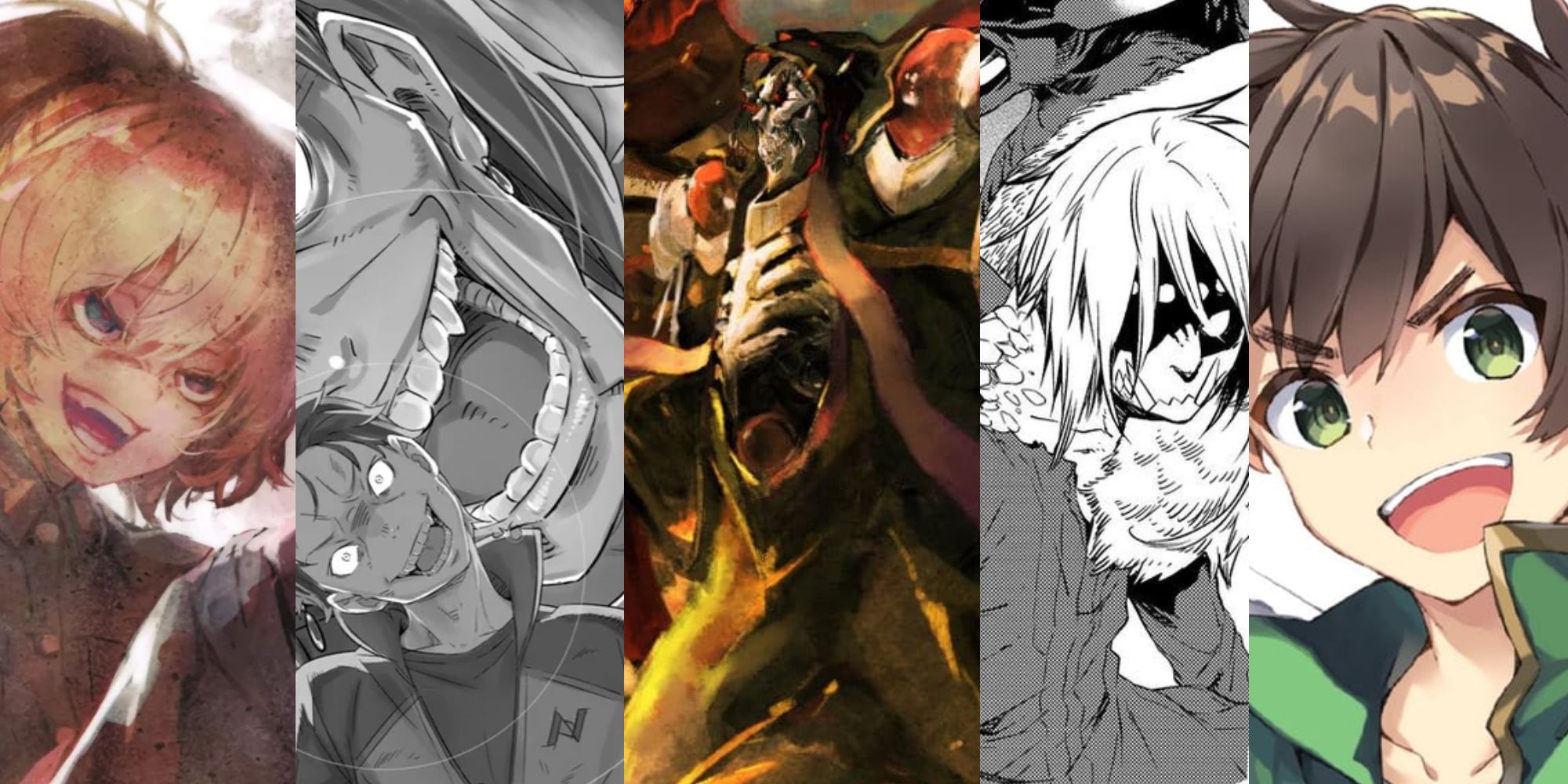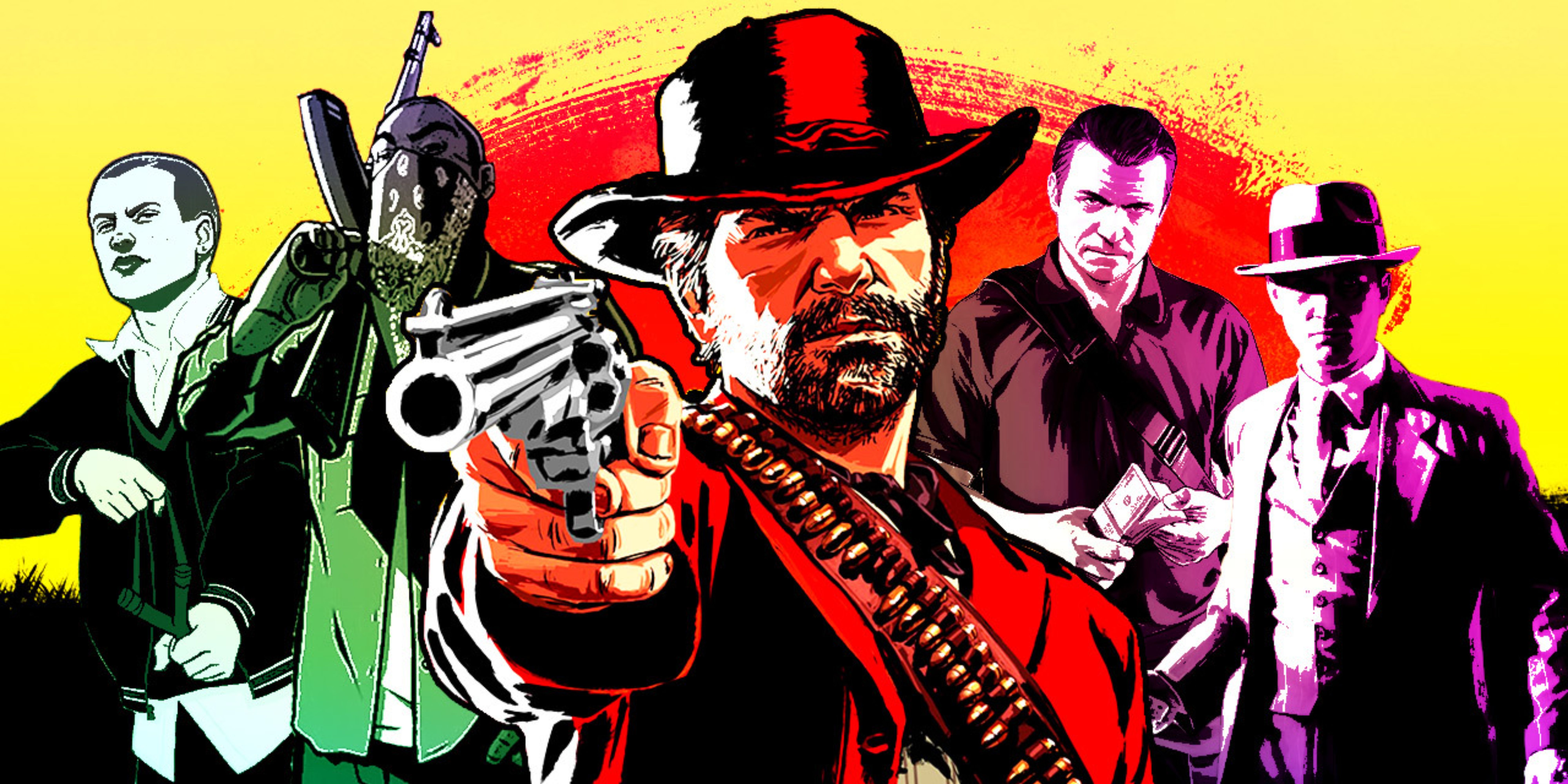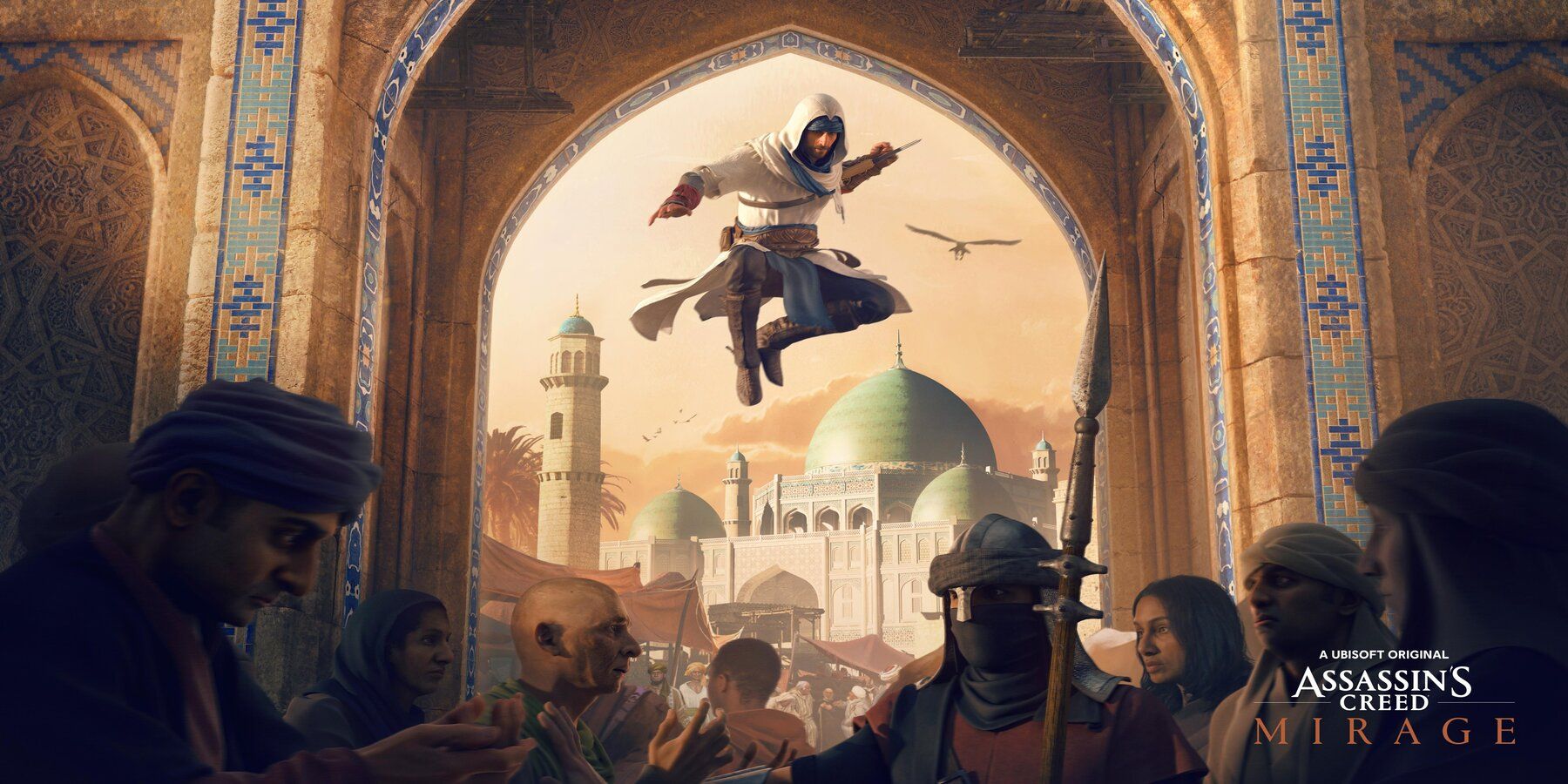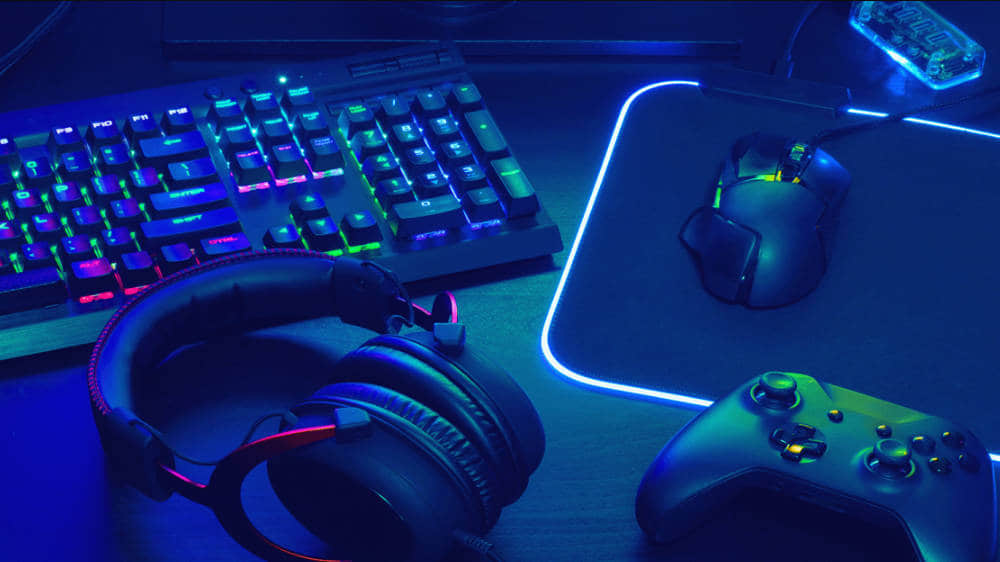FF16’s ‘Character Action’ Gameplay Explained
FF16's 'Character Action' Gameplay Explained
Final Fantasy 16: A Thrilling Departure from the Norm
Much of the buzz surrounding Final Fantasy 16 revolves around how it breaks away from the usual mold. After Final Fantasy 15’s foray into the open world action-RPG realm, Final Fantasy 16 has fully embraced the action genre. While it still retains elements of customization, an immersive story, and classic RPG elements, the game proudly showcases its differences. The response to this bold move has been diverse, with Final Fantasy 16 steadily gaining support since its launch.
One of the key reasons for its success is the expertise behind Final Fantasy 16. Square Enix Creative Business Unit 3, the developer responsible for the award-winning Final Fantasy 14 Heavensward expansion, spearheaded the development of FF16. This talented team includes several prominent members from FF14, such as director Naoki Yoshida serving as producer and the renowned composer Masayoshi Soken. But that’s just the tip of the iceberg! Another notable name is Ryota Suzuki, the combat director of Devil May Cry 5. His involvement has caught the attention of character action fans, and let’s dive into what “character action” truly entails to understand the excitement surrounding Final Fantasy 16.
The Origin of Character Action
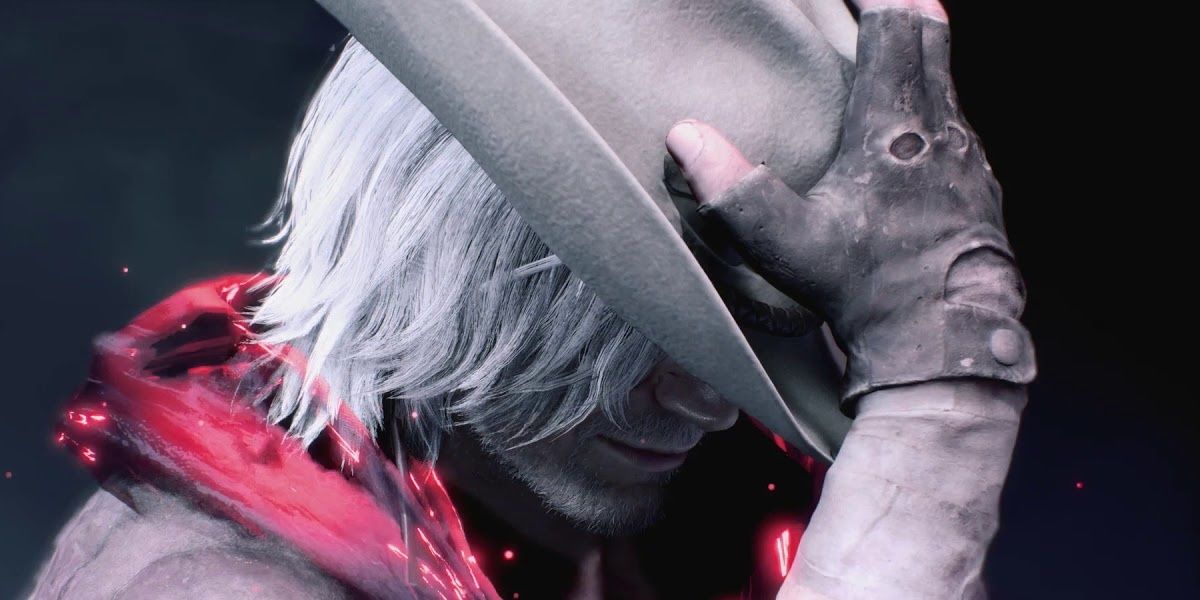
Character action, also known as stylish action, refers to combat-oriented games with an emphasis on style and mechanical complexity. These games often have a high skill ceiling, offering challenging gameplay and visible scoring systems to motivate players to improve their skills. The pioneer franchises of this genre include Capcom’s Devil May Cry, Platinum Games’ Bayonetta (created by ex-Capcom developers), Team Ninja’s 3D Ninja Gaiden series, and Sony’s God of War franchise. Although Devil May Cry is credited with inventing the genre in 2001, the roots of character action run deeper than that.
In 1999, the release of Rising Zan: The Samurai Gunman by snowboarding game developer UEP Systems coincidentally mirrored many of Devil May Cry’s defining characteristics. Both games featured witty protagonists wielding swords and guns, along with character action staples like forward-moving melee attacks, difficult parries, and style rankings after every level. They even shared super modes and unlockable content to enhance replayability. The key distinction between Dante’s adventures and Zan’s was the former’s polished gameplay and the latter’s use of cinematic quick time events. Nevertheless, the techniques pioneered by both games continue to shape the genre to this day.
Final Fantasy 16: Carving its Place in the Character Action Genre
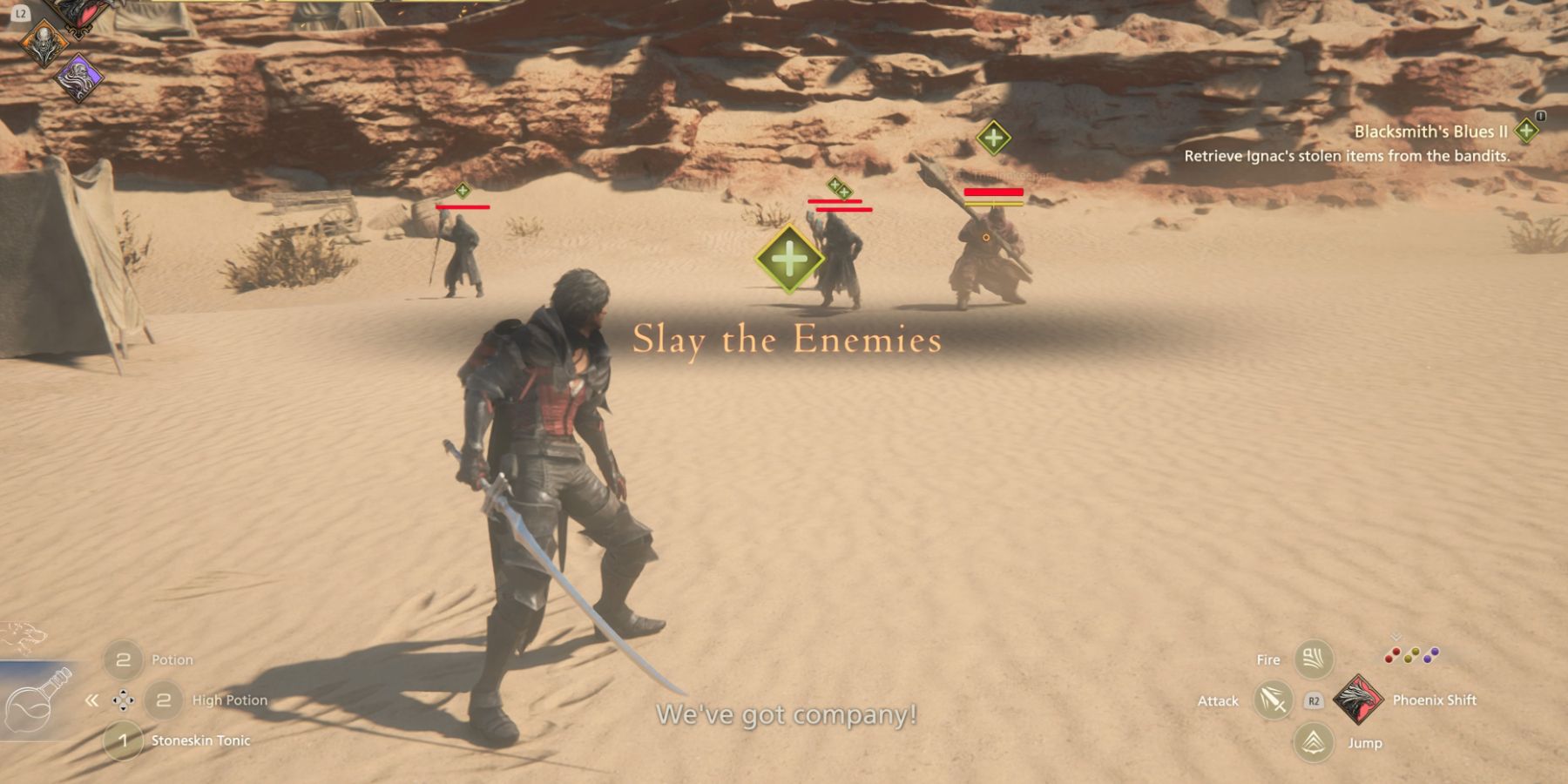
Let’s shift our focus to Final Fantasy 16. Clive, the game’s protagonist, embodies all the attributes of a modern character action hero. From wielding a versatile sword to casting magic projectiles, Final Fantasy 16 draws clear parallels with Devil May Cry, including iconic moves like the forward-sliding Stinger, launchers, animation cancels, and a form of style switching. Interestingly, FF16 breaks away from Devil May Cry’s successive missions within connected environments by integrating shorter action levels and setpieces amid its expansive overworld sections. Moreover, Final Fantasy 16 reserves its style rankings for Arcade mode, which, on its own, feels refreshingly straightforward, much like the classic Rising Zan.
- Zelda: Tears of the Kingdom – Razorshroom Locations
- Persona 6’s Eternal Life Theme
- 10 Co-Op Games with Marriage Options
Character action is a versatile label that merges with various genres, giving birth to hybrid masterpieces like the third-person shooter Vanquish and the rhythm game Hi-Fi Rush. Final Fantasy 16 offers a unique take, not only by combining it with the AAA RPG framework but also by incorporating a multitude of influences. With development support from Platinum Games, Final Fantasy 16 channels the epic scale of Bayonetta through exhilarating Eikon battles. Additionally, FF16 adopts the Stagger system, pioneered by FF13 and reimagined as the Break Gauge in Team Ninja’s Stranger of Paradise: Final Fantasy Origin. Many of Clive’s special moves are tied to cooldowns, a feature rarely seen outside the recent God of War titles. Final Fantasy 16 proudly embraces its connections to the foundational franchises of the character action genre, weaving them seamlessly into its own marvelous tapestry.
Final Fantasy 16 is available now on PS5.
For more gaming goodness, check out our list of 8 Games To Play If You Like Final Fantasy 16.
